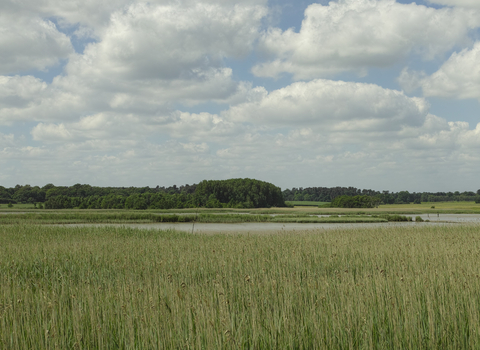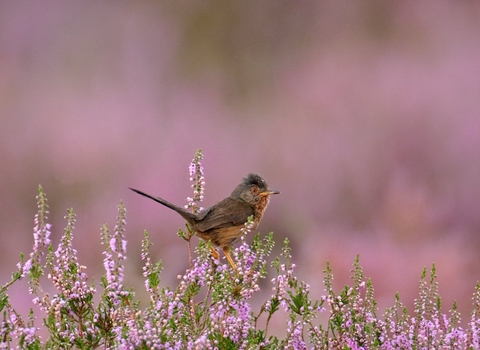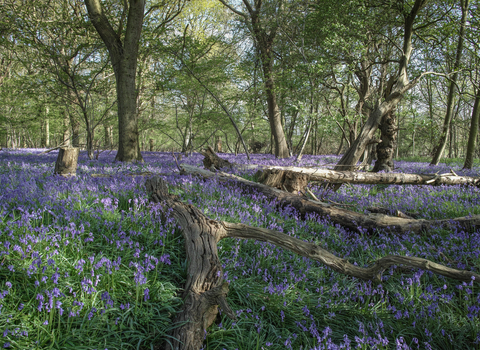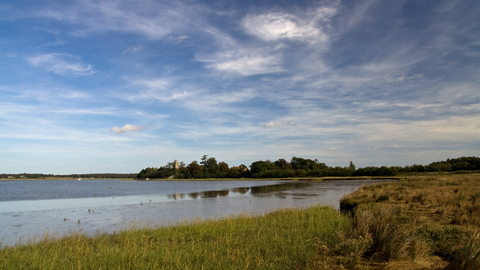
By Steve Aylward
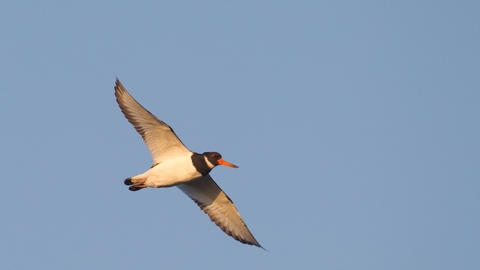
Oystercatcher - Peter Cairns/2020VISION
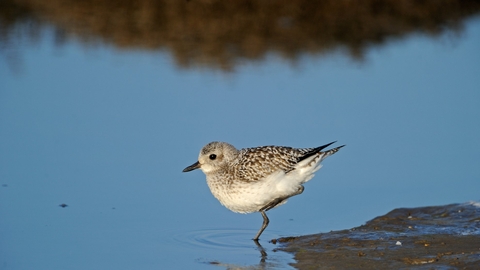
Grey Plover - David Tipling/2020VISION

Steve Aylward
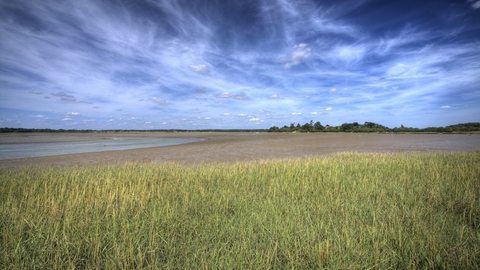
By Steve Aylward

Marsh harrier - Andrew Parkinson/2020VISION
Alde Mudflats Nature Reserve
Location
Know before you go
Dogs
When to visit
Opening times
Open at all timesBest time to visit
November to January, April to JuneAbout the reserve
The reserve itself, leased from the Crown estate to secure a vital refuge for birds as our estuaries become increasingly busy, cannot be directly accessed. But viewed with binoculars from the footpath that winds from Iken Cliff car park to Iken Church, it is well worth a visit. Jutting out into the Alde estuary, the seemingly endless plains of mud support nationally important numbers of avocet, which can be seen strutting and probing the gloopy ooze for succulent invertebrates.
The protected nature of this 316 acre site also mean large numbers of curlew, black-tailed godwit, oystercatcher, grey plover, wigeon, pintail, teal and dunlin – whose shrill calls shiver across the waterscape – also use the reserve in winter. During breeding season redshank, oystercatcher and marsh harrier, a species particularly vulnerable to disturbance, raise their young here.
It is well worth combining a visit to this reserve with Suffolk Wildlife Trust’s Hazelwood Marshes and Snape Marshes, which help form an important network of nature reserves on the broad trunk of the river estuary. But then, although the walk at Alde Mudflats may be short, the ever-changing views go on forever.
Habitat
Contact us
Environmental designation
Location map
What3Words location: sneezed.refilled.fragments

